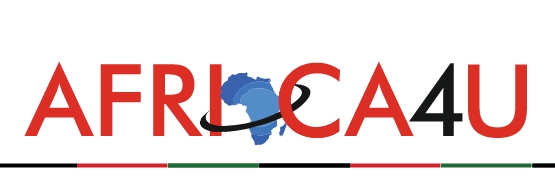(3 minutes read)
The Botswana Ministry of Finance shared its draft FY24/25 budget strategy paper this week, highlighting key factors influencing Botswana’s fiscal outlook through to FY 26/27.
The Botswana Ministry of Finance shared its draft FY24/25 budget strategy paper this week, highlighting key factors influencing Botswana’s fiscal outlook through to FY 26/27. Key developments in the paper, since the release of the FY23/24 budget in February, include a narrower budget deficit (-2.0 percent of GDP compared to the initial 2.8 percent projection) owing to elevated mineral revenue and non-mineral income taxes. Conversely, total expenditure and net lending have remained unchanged over this period. The country’s fiscal deficit is expected to continue improving in the next fiscal year (-1.6 percent of GDP) before registering a surplus in FY 25/26 (0.7 percent of GDP) and FY26/27 (2.0 percent of GDP), as revenues outstrip total expenditures and net lending.
The deficits in the early years of the MoF’s forecast will be financed through the issuance of government notes (P5.9 billion), financing from multilateral and bilateral lenders (P3.5 billion), with P1.6 billion being drawn down from the government investment account – this will cover the expected P10.8 billion deficit over the two years.
Read Also:
https://trendsnafrica.com/botswana-exports-up-by-30-2/
https://trendsnafrica.com/botswana-clinched-a-new-deal-30-diamond-share-and-more-with-de-beers/
https://trendsnafrica.com/hb-antwerp-looking-beyond-botswana-for-rough-diamond-deals/
The Ministry expects Botswana’s growth to register 3.8 percent (from an earlier 4.0 percent expectation) in 2023, brought down by headwinds faced by the diamond industry. Possible downside risks include subdued global growth prospects from heightened geopolitical tensions, commodity price instability which could limit local economic diversification, as well as the possibility of limited revenues being received with the knock-on effect of capping the country’s aspiration of increasing its development





